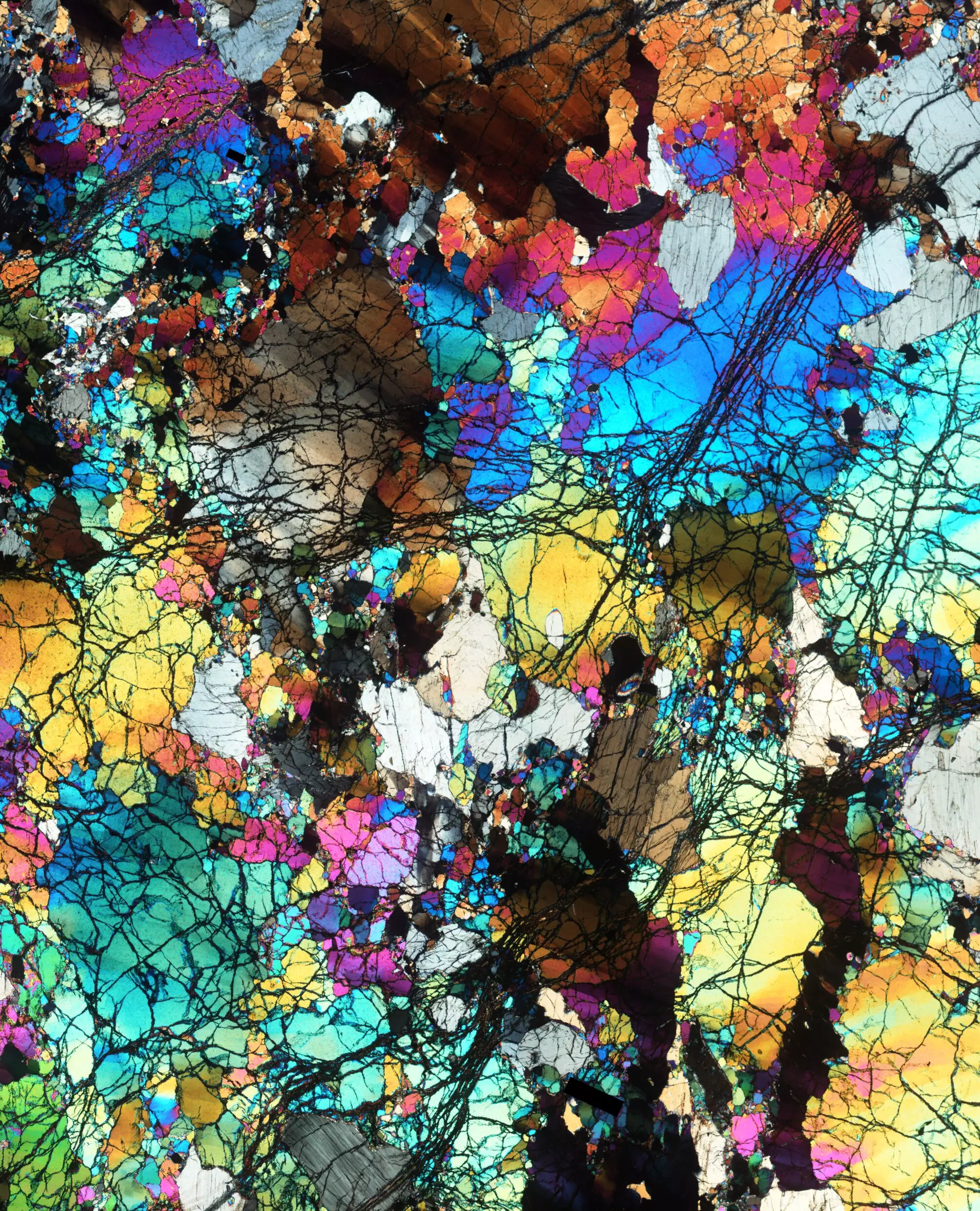A riveting new analysis by researchers at the Smithsonian’s National Museum of Natural History has unveiled crucial insights into the chemical evolution of Earth’s mantle. This geologic layer, lying beneath the Earth’s crust, serves as a historical record of the planet’s formative years, dating back over 2.5 billion years. At the forefront of these findings is the assertion that the oxidation state of the mantle has largely remained unchanged through geological time—a stark contrast to previous theories suggesting radical shifts throughout Earth’s history. This renewed understanding reshapes the narrative of Earth’s geologic processes and deepens our comprehension of the conditions that rendered life and liquid water possible on our planet.
Insights from Deep Time
The concept of Earth’s mantle as a dynamic entity has long been a subject of research and debate. The latest findings—published in the prestigious journal *Nature*—stem from the analysis of rocks dredged from the seafloor, specifically at the Gakkel Ridge near the North Pole and the Southwest Indian Ridge between Africa and Antarctica. These two sites, characterized by their slow tectonic activity, yield some of the purest samples of the mantle, providing a clean lens through which scientists can investigate ancient geological conditions.
Interestingly, the rocks studied possess unique geochemical signatures, indicating they underwent more extreme melting than is typically observed in contemporary mantle rocks. With noticeable low levels of oxidation, these ancient samples suggest that high temperatures—previously associated with the Archean Eon—played a pivotal role during their formation. The implications of this research reach beyond mere curiosity; they offer a foundational framework for understanding how the mantle functioned billions of years ago, thus shaping the surface conditions that make life possible today.
Reshaping Previous Assumptions
Elizabeth Cottrell, chair of the museum’s mineral sciences department and co-author of the study, emphasizes that such discoveries are integral to our human narrative. The stability of the oxidation state implies that conditions in the mantle have remained relatively steady, contradicting earlier claims that an oxidation event might have altered its chemistry over time. This striking revelation proposes that rather than experiencing a progressive increase in oxidation levels, the mantle has simply cooled and evolved without substantial chemical upheaval.
The research team, including lead author Suzanne Birner, approached their investigation with a keen eye on comparative geochemistry. By situating their findings within the context of ongoing debates, they offer robust evidence that the rocks’ low oxidation levels are reflective of melting conditions deep within the Earth, distinct from those seen today. Such clarity shifts interpretations from viewing the evolution of the mantle as a gradual oxidation process to recognizing it as a testament to a drastically different geological environment in Earth’s early epochs.
Geochemical Time Capsules
Researchers postulate that the ancient mantle rocks function as geological time capsules, preserving the chemical signatures indicative of conditions present during the Archean. The study states that these rocks’ oxidation levels—an astounding 10,000 times lower than modern samples—were produced in an environment that contemporary Earth is no longer capable of replicating due to its much cooler mantle. This assertion opens new doors for inquiry, suggesting that to understand the mantle’s history, scientists must meticulously recreate Archean conditions in laboratory settings.
The methodology used by the team to analyze these rocks showcases the multifaceted approaches required in contemporary geochemical research. Applying various models to their findings, they argue compellingly that low oxidation levels can be attributed to the unique melting events that occurred at great depths and elevated temperatures in geologic history. This significant contribution adds layers to the existing body of knowledge, inviting further research into understanding mantle dynamics and the intricate processes that shape Earth as we know it.
The Broader Implications
Cottrell’s assertion that the cooling of the mantle provides a straightforward explanation for the observed phenomena echoes the ongoing effort to demystify Earth’s geochemical heritage. This research aligns with broader initiatives like “Our Unique Planet,” which seeks to decipher the origins and distinctiveness of Earth amongst its cosmic counterparts. As researchers delve deeper into the intricate geochemical processes that shaped ancient mantle rocks, they unveil not only the story of Earth’s past but also set a pathway for future inquiries into the potential for life beyond our planet.
The exploration of these ancient rocks does not merely represent an academic pursuit but rather serves as a reminder of our connection to Earth’s history. Understanding the mantle’s role in the evolution of our planet not only enriches our scientific knowledge but also deepens our appreciation for the nuanced interplay of geological processes that have made life as we know it possible. The narrative continues, with geologists and researchers at the helm, committed to interpreting the whispers of Earth’s ancient past, constantly uncovering layers of truth about our planet’s formation and evolution.


Leave a Reply